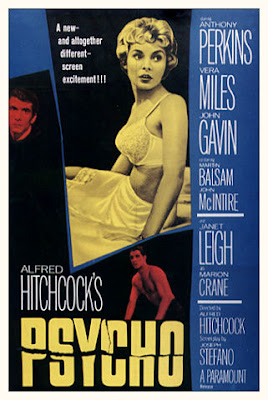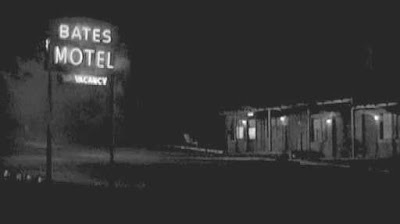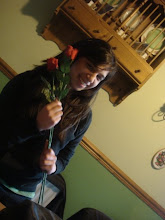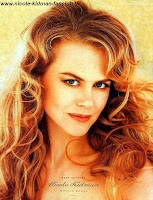
Plot 6- Cinderella-The True Story
This story is the story of Cinderella but set in modern times. Instead of going to a ball however she attends Prince Charming’s 18th birthday party and as usual, the fairy godmother dresses her up beautifully on the condition that she returns by midnight. She spends the evening with the prince but when midnight strikes she remembers to run away, unfortunately leaving her shoe behind. This time however she goes back to collect it and it is too late. She starts to turn uglier and uglier by the second, and no one recognizes her. Everything goes wrong and she just wants it to end. BUT...the answer to her problems seems to be in front of her…
I decided to use Nicole Kidman as although she is a bit old for the part she has the elegance and attractiveness, which is perfect for the role of Cinderella. It is similar to her role in Moulin Rouge which is sort of a fairytale gone wrong. She also features in the fantasy romance Bewitched as well as the family fantasy The Golden Compass. Her looks as a whole, also fits the role of Cinderella because of her blonde/red curly hair and blue eyes.
I have decided to call it Cinderella-The True Story because unlike the original story, this one does not have a happy ending and seems more realistic as everything does not work out so perfectly.
Plot 3-
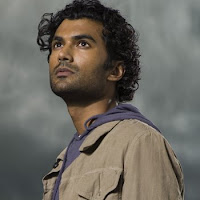
This film is about a young Pakistani man who owns a shop in Lahore and lives with his large family. The man is accused of being an Islamic extremist threatening the America and so he is taken away. His family are left to break down with no income. The film is about their life back at home, and the man’s horrific life in Guantanamo bay. He meets other prisoners there who have also been wrongly accused. This film gives us an insight to life in Guantanamo Bay and how badly the prisoners were treated there and how they get tortured.
I have decided to use Sendhil Amithab Ramamurthy (or Mohinder Suresh as known in Heroes), partly because there are not many Asian Characters in Hollywood, but also because the programme Heroes has made him very well known. Portraying race has always been an issue in the film industry and this is why this particular actor had been called to audition for "stereotypical brown skin" roles including convenience store employees and terrorists. Therefore, he is perfect for this particular role as the Islamic extremist.
From this casting activity, I learnt that directors face many issues when trying to find an appropriate star for their film. As we saw with Plot 6, age was an issue and in Plot 3, race became an issue. Therefore these factors must be considered by directors.
